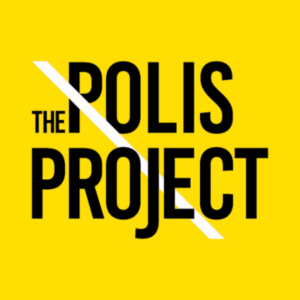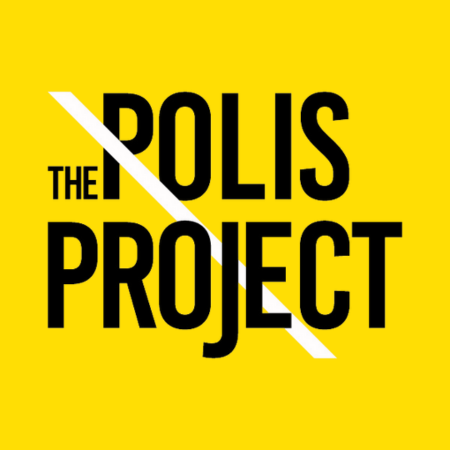What does this map show?
This map documents extrajudicial and punitive demolitions carried out by the local administrations of four Indian states—Uttar Pradesh, Madhya Pradesh, Haryana, and Delhi—starting from May 2019, which marked the beginning of Narendra Modi’s second term as prime minister, following which India witnessed the peak of unabated punitive demolitions across the country. (Read a detailed methodology here.) Each incident highlighted in the map describes the individual whose property was demolished, with basic details of the demolitions, as well as a few reported Profiles of Demolitions. At present, the map covers 147 demolitions across Uttar Pradesh and Madhya Pradesh—two of the worst offenders of punitive demolitions.
What are punitive demolitions?
In recent years, state governments led by the Bharatiya Janata Party have adopted the practice
of using bulldozers to demolish homes and businesses of individuals accused of being
involved in a criminal activity. In practice, punitive demolitions usually target political
protesters and dissenters from the Muslim community. These are carried out without
following the mandated legal process, and led to even the Supreme Court denouncing the
practice as an illegal, arbitrary act of collective punishment akin to anarchy. Yet, punitive
demolitions continue, with the entire state machinery—from district development authorities
to the state government—coming together to justify the act.
How does this map identify demolitions?
We systematically identified and cross-verified cases where demolitions were conducted
without due process, establishing their extrajudicial nature, and where they were carried out
with punitive intent, serving as a form of collective punishment. Our data collection relies on
primary sources, including testimonies from affected families, legal documents, and media
reports, as well as secondary sources such as civil society investigations and reports.
How does the map categorise the demolitions?
We have categorized the documented cases into five distinct categories:
(1) Gangster/Mafia—where properties of alleged criminals, their associates, or aides were
demolished arbitrarily
(2) Political Opposition—demolitions targeting political opponents
(3) Post “Riot”—demolitions following protests, violence, or unrest
(4) Religious Targeting—destruction of religious institutions such as mosques, madrasas, and
churches and
(5) Crime and Punishment—where individuals accused of crimes had their properties
demolished as an extrajudicial form of retribution.
Through this categorisation, we aim to map patterns of state violence and institutional
complicity in punitive demolitions as a coercive tool of governance.
Menu



